Munstead Wood, the house built by Lutyens for Jekyll, has been saved for the nation
Country Life's cultural commentator Athena on the salvation of Munstead Wood, the house built by Edwin Lutyens for Gertrude Jekyll.
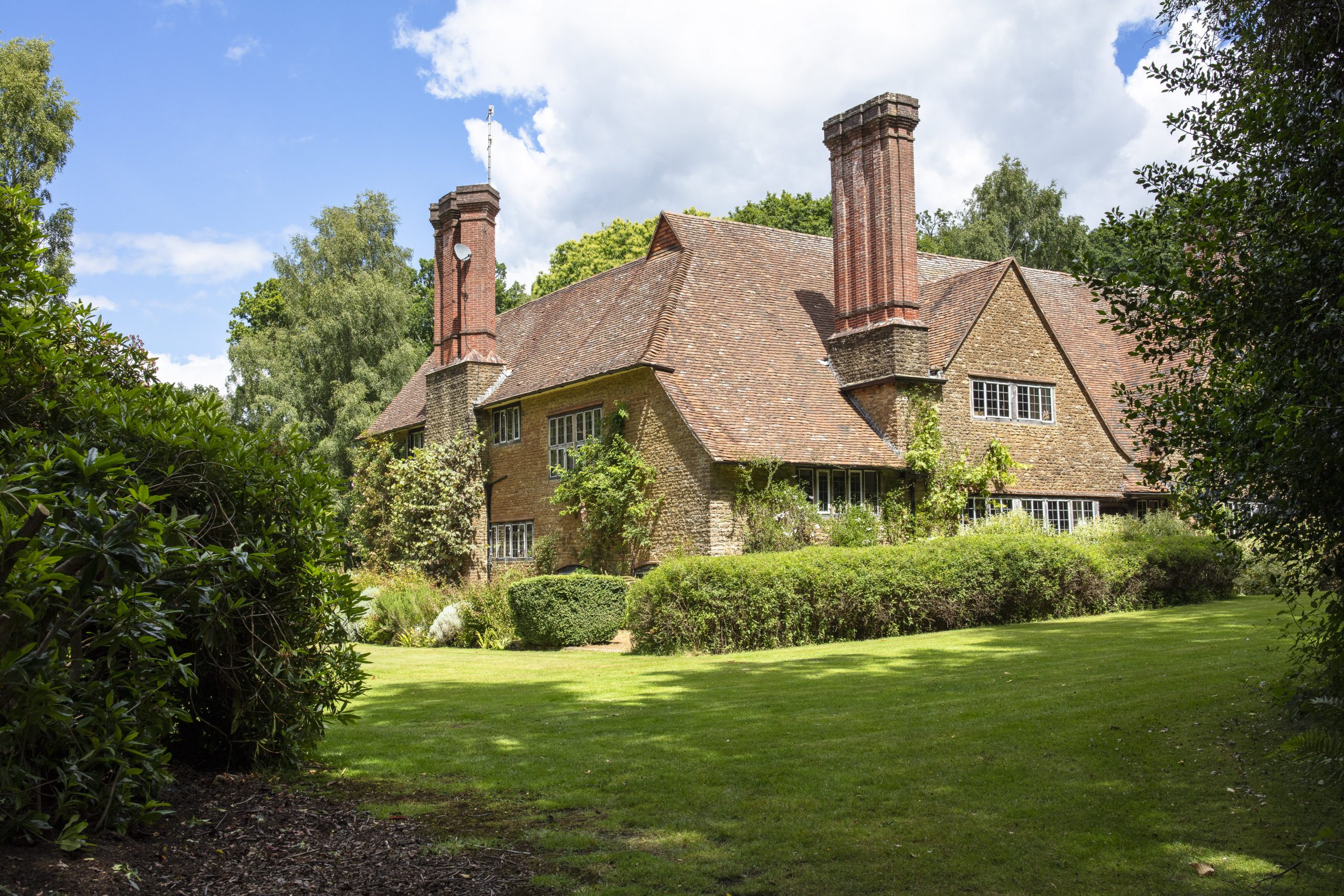

The news that the National Trust has bought Munstead Wood in the Surrey Hills should be greeted with rejoicing. Built by the young Edwin Lutyens for Gertrude Jekyll in 1896, Munstead Wood is a small, but outstandingly important house, both in the history of English architecture and of Country Life. This was where the architect’s genius first shone, where the great garden designer lived and worked and where the informal partnership between them was forged.
Munstead Wood came on the market last year for the first time in half a century. It would no doubt have found a private purchaser over time, but the legacy of its most recent owners — Sir Robert and Lady Clark — is noteworthy. The garden had been divided and largely grassed over after the Second World War. Its bones, however, were revealed by the fall of many trees during the Great Storm of 1987 and the Clarks determined to restore it.
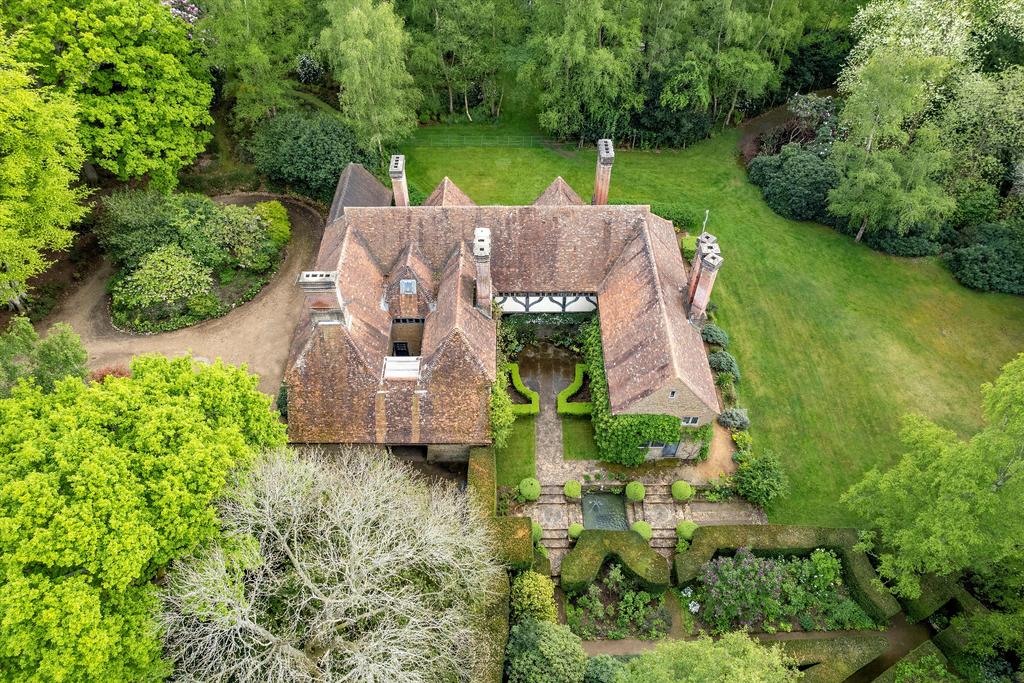
The Clarks were generous in allowing interested groups to see their home, but there was no guarantee that their example would be followed by a new private owner. Another family might not have been so committed to the history of the garden or prepared to employ the gardeners needed to maintain it in the Jekyll style.
The Lutyens Trust, founded after the jubilant Lutyens exhibition at the Hayward Gallery in 1981, therefore, led the charge to secure it for the nation.
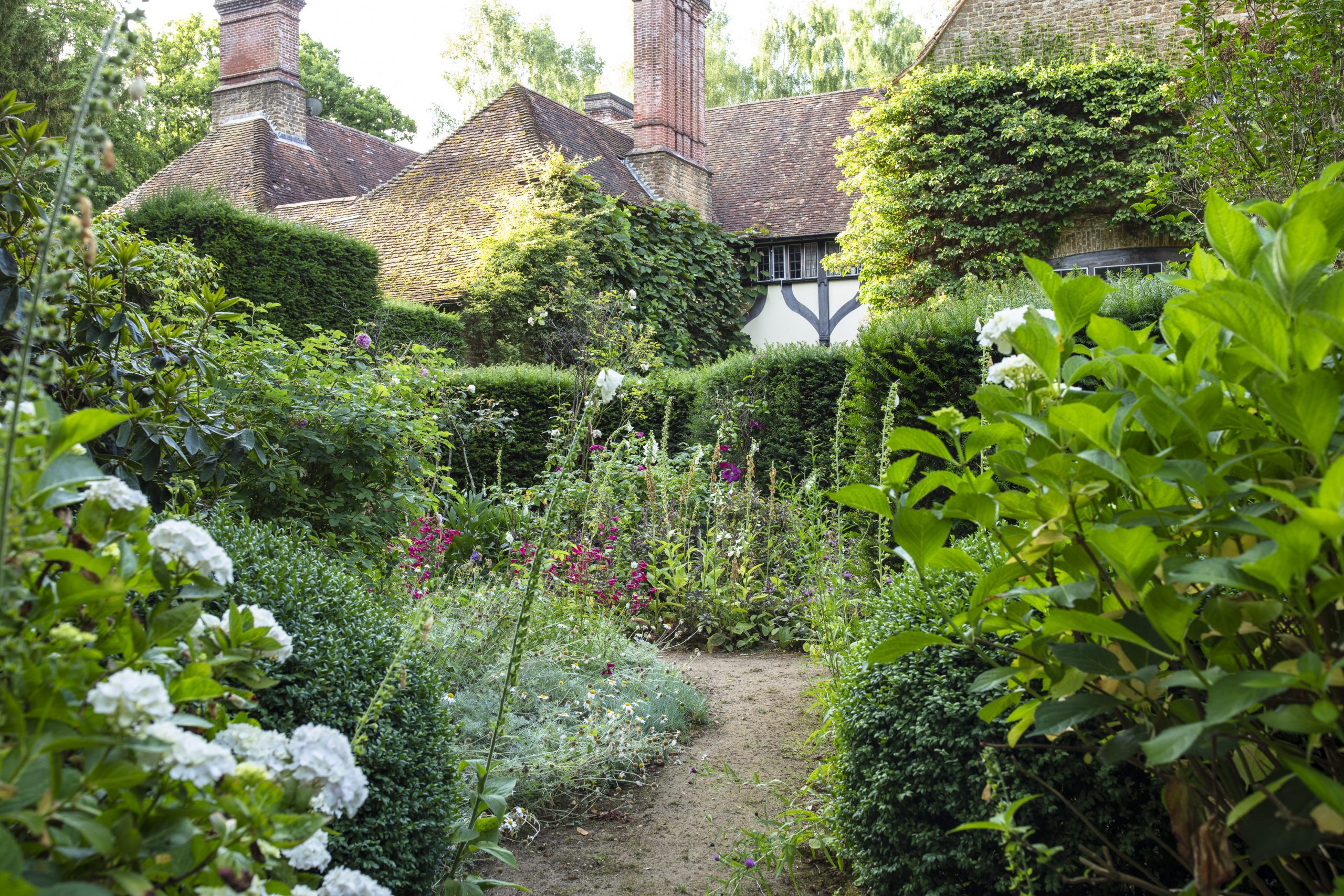
Step forward the National Trust, which was founded in 1895 by men and women who shared Jekyll’s William Morris-inspired values. The purchase price of about £5 million is not particularly large for the organisation, but to that sum must be added the cost of restoration and the endowment necessary for the acquisition.
The fact that the house, therefore, was purchased from reserves, without a preliminary fundraising campaign, is both notable and unusual.
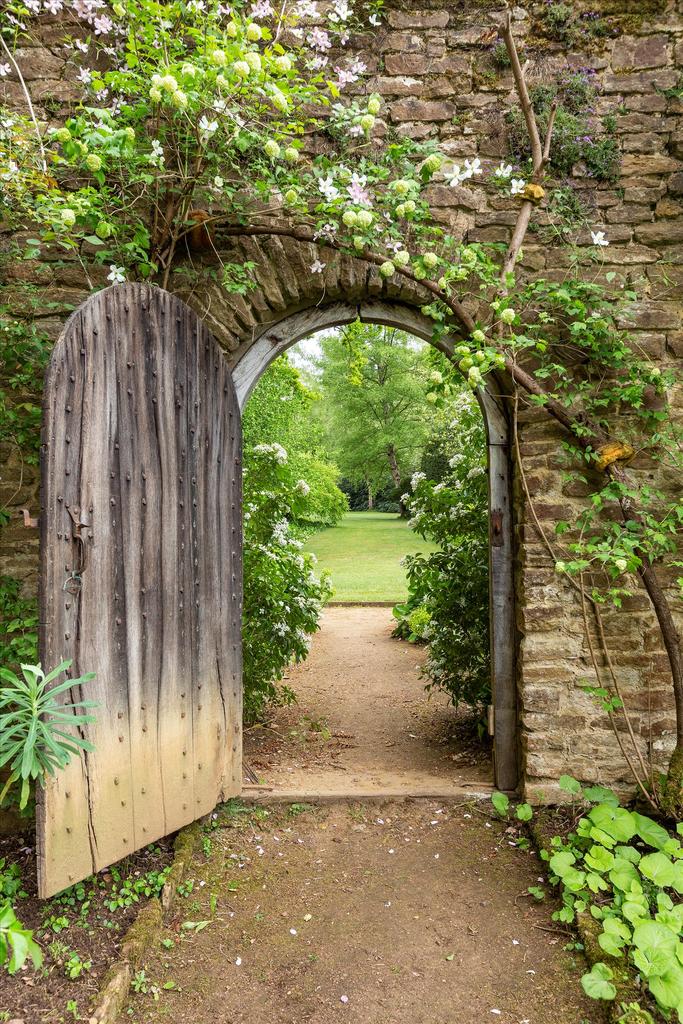
The sale nearly fell through when the lawyers realised that the bumpy lane by which the property is reached has no owner. Fortunately, access can be provided by another route, which will have the advantage that the last portion of the approach will be by foot, as Jekyll liked. A car park would be alien to the spirit of the house, but visitors will be able to leave their vehicles at the Trust’s Winkworth Arboretum nearby.
Sign up for the Country Life Newsletter
Exquisite houses, the beauty of Nature, and how to get the most from your life, straight to your inbox.
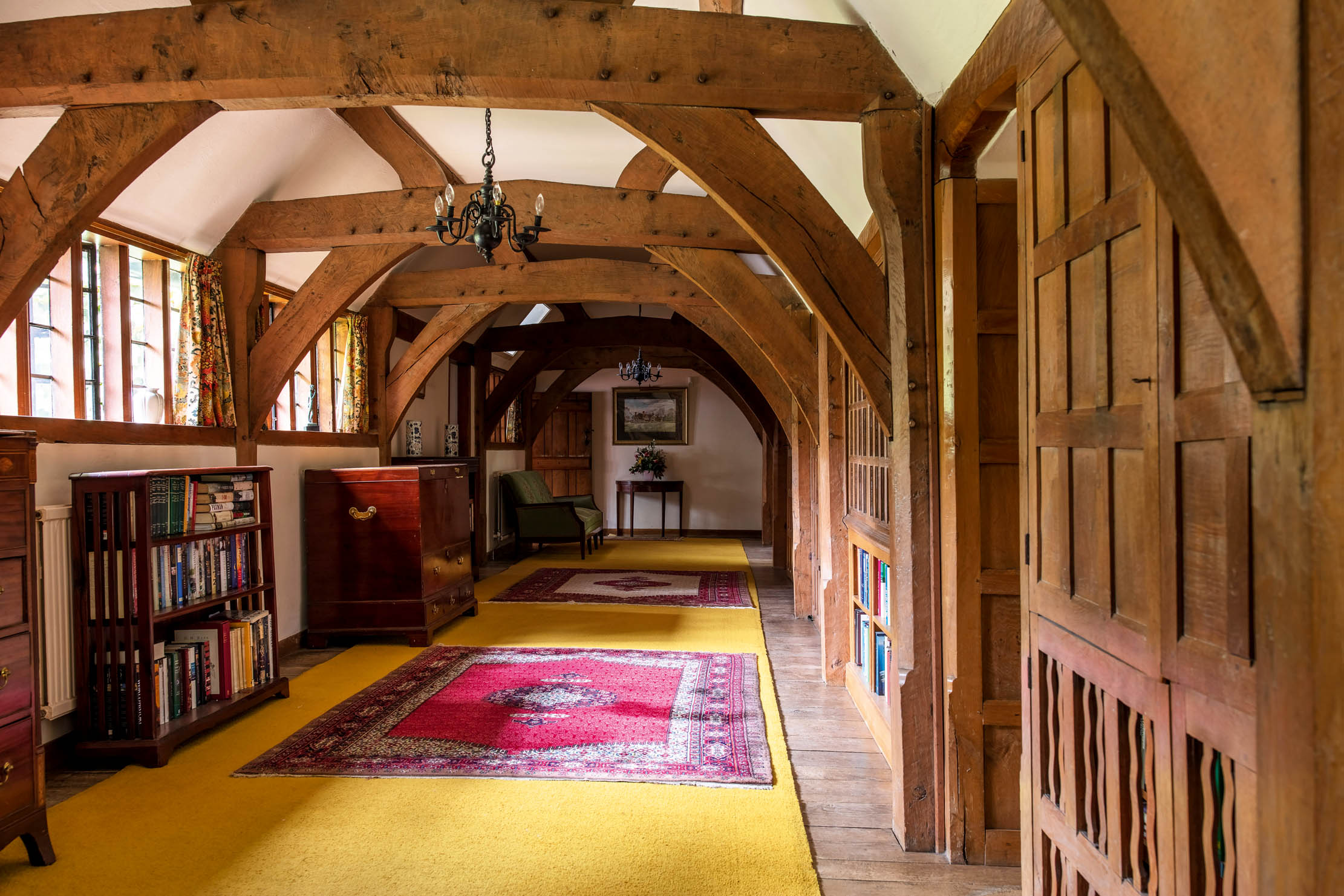
Showing a house and garden of this size to the public will be a practical challenge. Laying hard surfaces, for example, over Jekyll’s sandy paths would destroy the intimacy of the garden and the domestic interiors do not lend themselves to mass visiting.
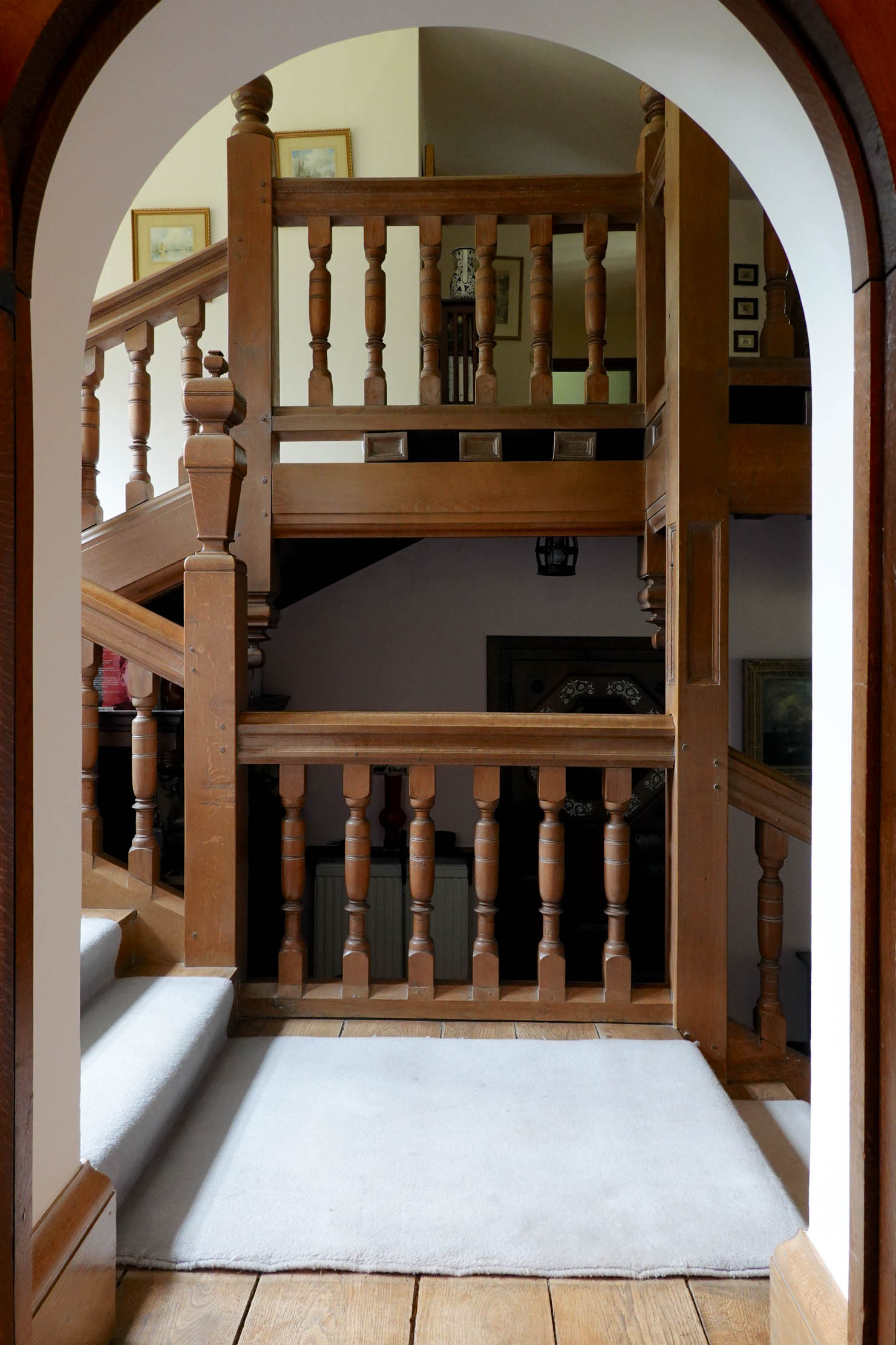
There is talk of it becoming a centre for studying Jekyll, not only as a gardener, but as a craftswoman, photographer, writer and businessperson. Here is an opportunity for imagination — a chance for the Trust to show its critics that it is still serious about the country house.
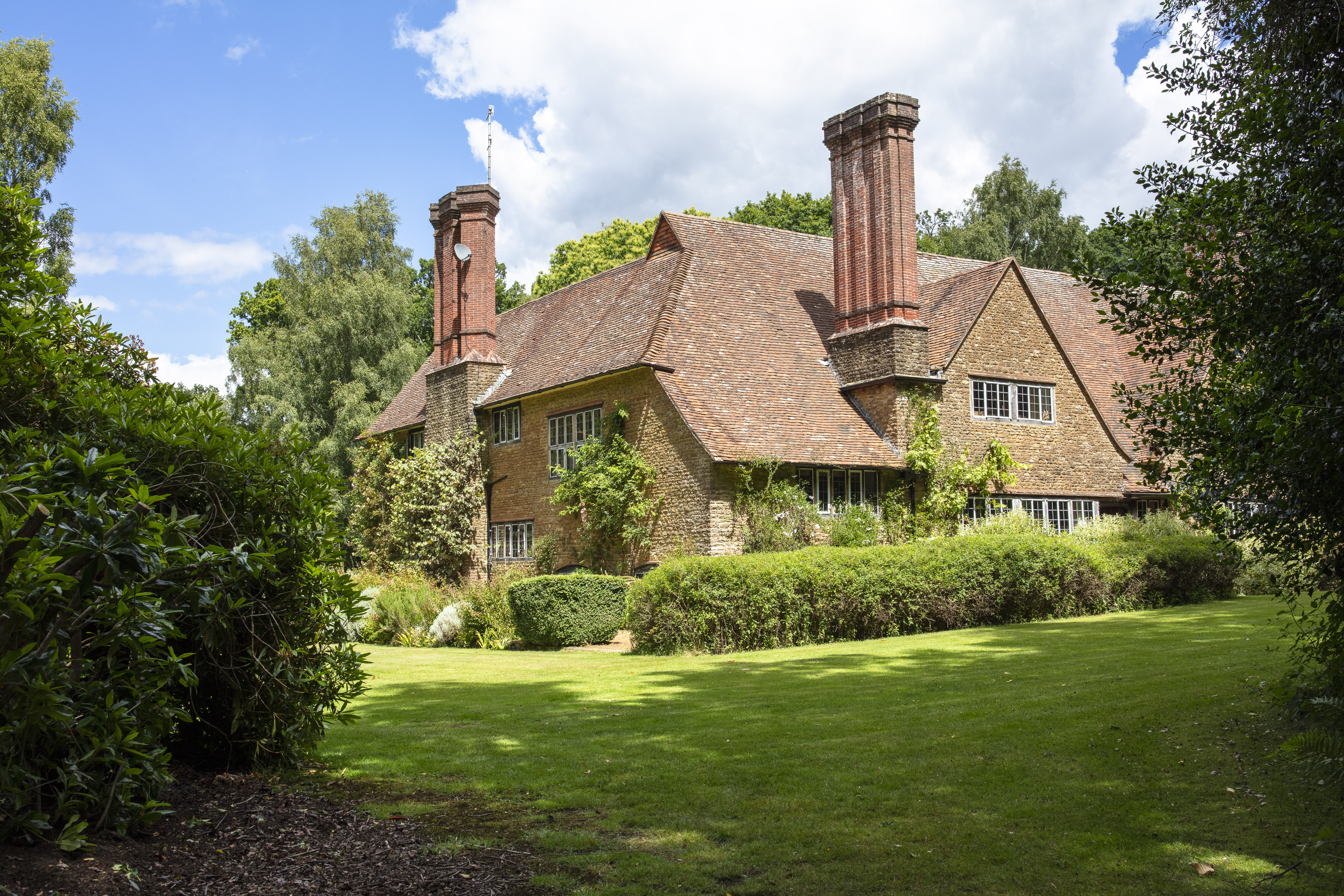
Munstead Wood: The house that Edwin Lutyens built for Gertrude Jekyll
The creation of Munstead Wood in Surrey came from a happy friendship between a great gardener and architect, both closely
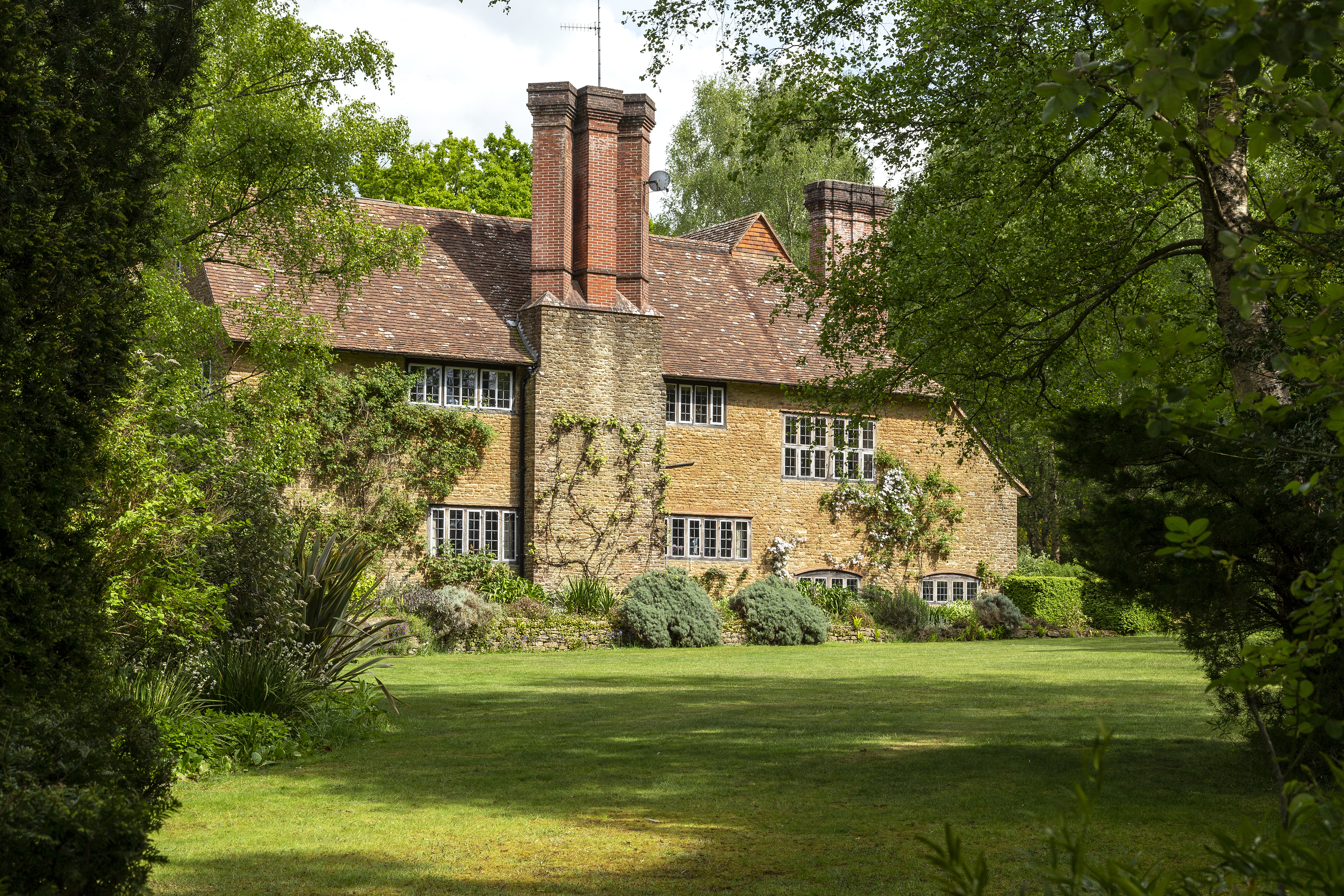
Credit: Peter Wright Photographer/Knight Frank
One of Lutyens 'most important country houses' — and the former home of Gertrude Jekyll — is up for sale for the first time in over 50 years
The Surrey Hills is very much Lutyens and Jekyll territory, notably at their first-ever collaboration at the garden designer’s home,
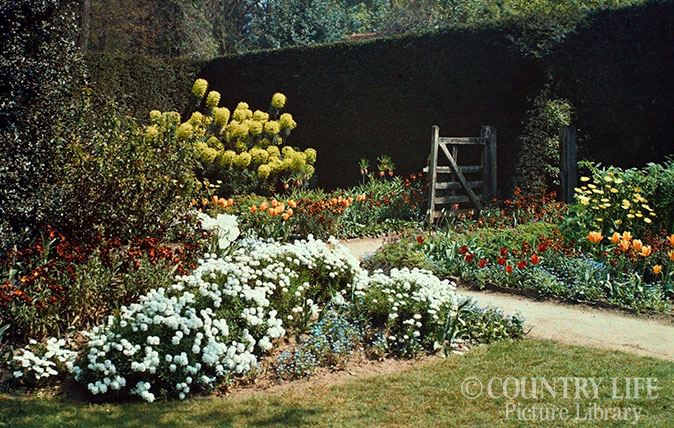
Credit: Gertrude Jekyll's garden at Munstead Wood - photographed in 1908 (©Country Life Picture Library)
15 colour photographs from 1912 showing Gertrude Jekyll’s garden at the height of her fame
Country Life is unlike any other magazine: the only glossy weekly on the newsstand and the only magazine that has been guest-edited by HRH The King not once, but twice. It is a celebration of modern rural life and all its diverse joys and pleasures — that was first published in Queen Victoria's Diamond Jubilee year. Our eclectic mixture of witty and informative content — from the most up-to-date property news and commentary and a coveted glimpse inside some of the UK's best houses and gardens, to gardening, the arts and interior design, written by experts in their field — still cannot be found in print or online, anywhere else.
-
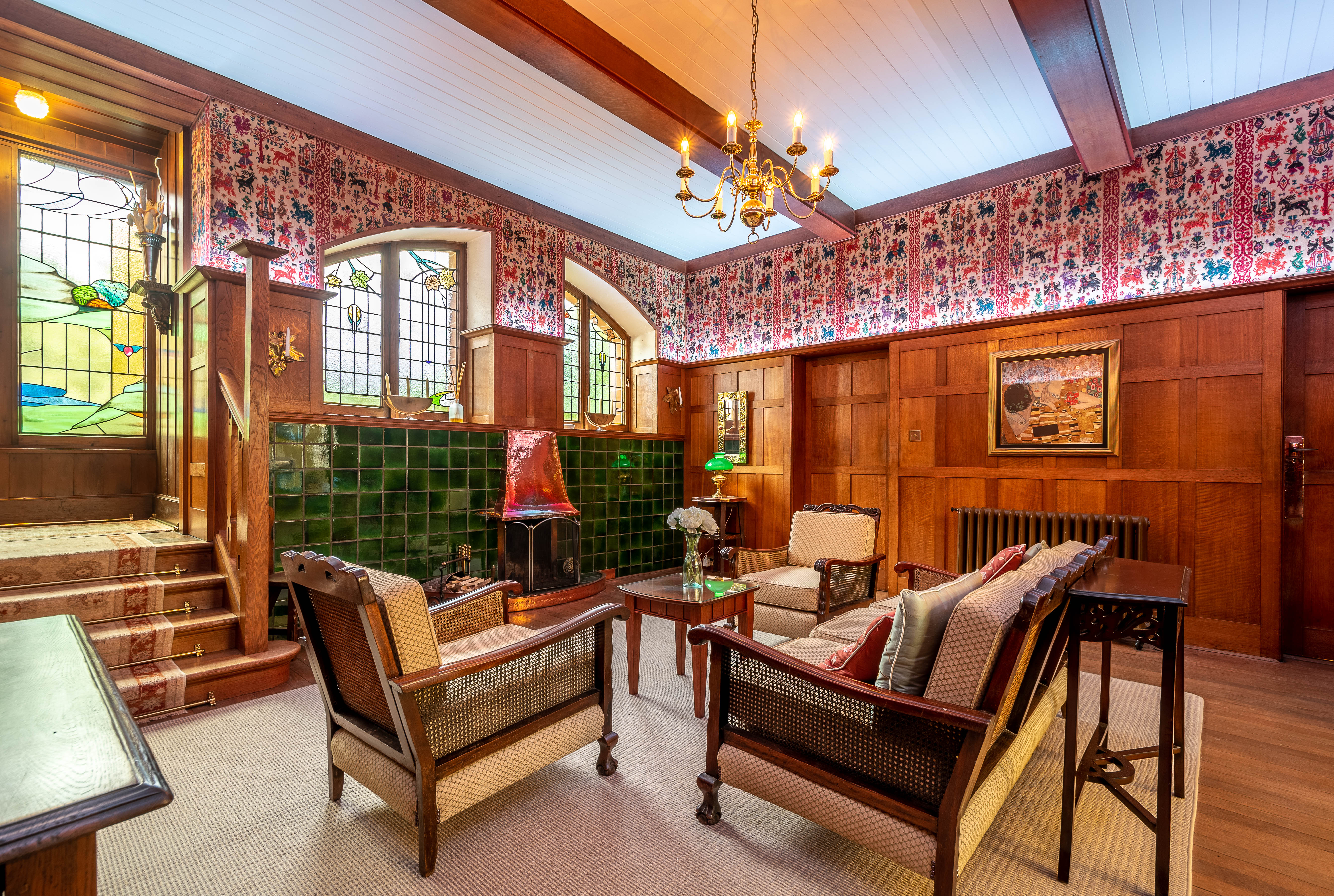 Seven of the UK’s best Arts and Crafts buildings — and you can stay in all of them
Seven of the UK’s best Arts and Crafts buildings — and you can stay in all of themThe Arts and Crafts movement was an international design trend with roots in the UK — and lots of buildings built and decorated in the style have since been turned into hotels.
By Ben West
-
 A Grecian masterpiece that might be one of the nation's finest homes comes up for sale in Kent
A Grecian masterpiece that might be one of the nation's finest homes comes up for sale in KentGrade I-listed Holwood House sits in 40 acres of private parkland just 15 miles from central London. It is spectacular.
By Penny Churchill